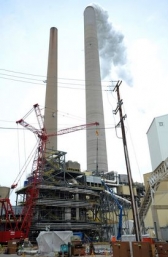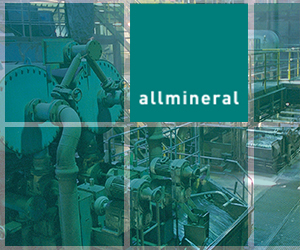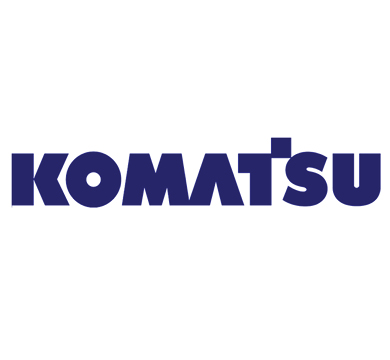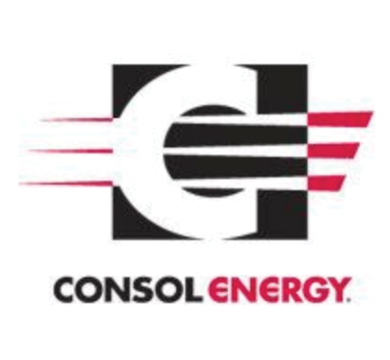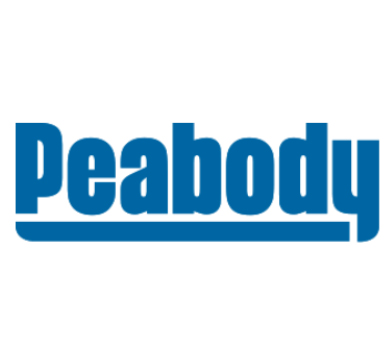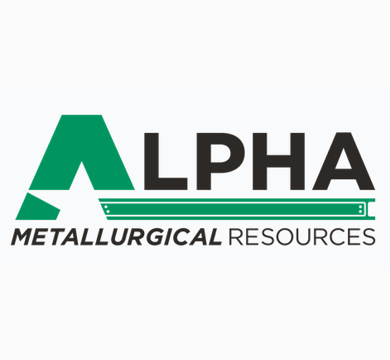Can China’s Clean Coal Technologies Help W. Va with Coal?
President Donald Trump made support of the coal industry a centerpiece of his presidential campaign, promising more jobs and increased investment in West Virginia and other coal producing states. If he wants to deliver on that promise, he might look to China, specifically an innovative plant in Shanghai which bills itself as the “cleanest coal-fired power station in the world.”
On a recent trip to Shanghai, Ambassador Grossman visited the state-owned Shenergy Corp., the top supplier of major energy infrastructure to the city of 24 million. Shenergy runs the “Waigaoqiao No. 3 Power Generation Co.” — one of the most efficient coal-powered plants on the planet, producing 5,000 megawatts of electricity every year, enough to light 3.5 million homes.
As far back as 2009, the plant ran with an efficiency rate of 43.5 percent, converting nearly half the heat it produced into electricity. The environmental benefits of this efficiency were dramatic: the equivalent of cutting 480,000 metric tons of carbon dioxide, 3,600 tons of sulfur dioxide and 28,500 tons of dust.
Put another way, The Wall Street Journal reports, these savings were “the equivalent of producing 2.6 billion kilowatt hours with no emissions.” The plant recently improved its efficiency rate to 46.5 percent — increasing these environmental benefits even more. And the Waigaoqiao No. 3 has a team in place whose goal is to increase the plant’s efficiency by another 9 percent. Compare that to American coal plants, which have been stuck at 33 percent since 2005.
Air and water pollution are major public issues in China. The Beijing government has ordered power company bosses to pay attention and clean up quickly. Today, China uses around 300 grams of coal for each kilowatt hour of energy it produces. The U.S. uses approximately 400 grams. The world average is 430 grams. Shenergy’s Waigaoqiao No. 3 plant beats them all, using just 276 grams. That is 37 percent less than the U.S.
How has Shenergy done it? With government support, the company has made improvements in nearly every step of the generation process, particularly on an advanced boiler system that accelerates startup and reduces auxiliary load, fuel consumption and emissions.
Solar, wind and hydro will all be crucial components of the world’s energy future, and rightly so. But since coal is still key to the world’s energy mix at present, is there a way to use it more efficiently and cleanly to protect and create more coal jobs at home?
West Virginia has already demonstrated that it has the expertise to use and adapt these pioneering advances. In 2010, the National Energy Technology Laboratory, in Morgantown, began working with Alstom (the boiler manufacturer that has partnered with Shenergy at the Waigaoqiao No. 3 plant) on a pilot project for carbon capture and sequestration at the American Electric Power Mountaineer power plant, in New Haven. Alstom’s “Chilled Ammonia Process” was expected to capture at least 90 percent of the carbon dioxide from the plant, but the project was closed in 2011 after Congress cut its funding.
This was a mistake. The United States is falling behind China when it comes to clean coal advances. Ninety coal-fired power plants in China today operate at an “ultra-supercritical” level similar to Waigaoqiao No. 3. In the U.S., there is just one.
So what can we do? The Trump administration should look at potential cooperation with Shenergy to improve the efficiency of U.S. plants.
A first step would be to invite Shenergy officials to a site visit, perhaps at the AEP Mountaineer plant, to determine the feasibility of improving its efficiency in a similar manner to Waigaoqiao No. 3.
NETL — which already brings in $87 million to the state’s economy — has been looking to further engage in the “international energy conversation to recognize ... emerging opportunities.” And Senator Manchin just recently voiced support for funding for NETL, calling it “near and dear” to his heart.
The next logical step, then, would be a demonstration to test the technology.
Finally, Congress should resume funding for NETL’s carbon capture and sequestration pilot project.
This would not only be good for West Virginia, it would be good for U.S. national security. The U.S.-China agenda is full of challenges, from increased Chinese naval operations in the South China Sea to U.S. sanctions on Chinese companies with economic ties to North Korea and investigations into Chinese steel overcapacity and intellectual property theft.
Working together on clean coal technologies might be an opportunity to pursue something positive.
If West Virginians, with Washington’s support, can bring back clean coal innovation being used in China, we could simultaneously create jobs, put something that’s not contentious on the agenda with China, protect the environment and increase American energy security.
Why not try — and do so quickly?
- By: Marc Grossman, Seth Gainer and Michael Zorger, Charleston Gazette-Mail
Ambassador Marc Grossman is a vice chairman of The Cohen Group. A U.S. Foreign Service Officer for 29 years, he retired in 2005 as under secretary of state for political affairs. The ambassador was the U.S. special representative for Afghanistan and Pakistan from 2011 to 2012 and the U.S. ambassador to Turkey from 1994 to 1997.
Seth Gainer is a research associate at The Cohen Group. A native of Elkins, he joined the firm after serving as the legislative assistant for Sen. John D. Rockefeller IV of West Virginia, where he advised the senator on foreign policy, trade, defense and veterans issues.
Michael Zorger is a senior associate at The Cohen Group. Also from Elkins, he previously served as the manager of global strategies at the U.S. Grains Council after working in the office of then-Rep. Shelley Moore Capito of West Virginia and the U.S. Department of Agriculture’s Office of Rural Development.











